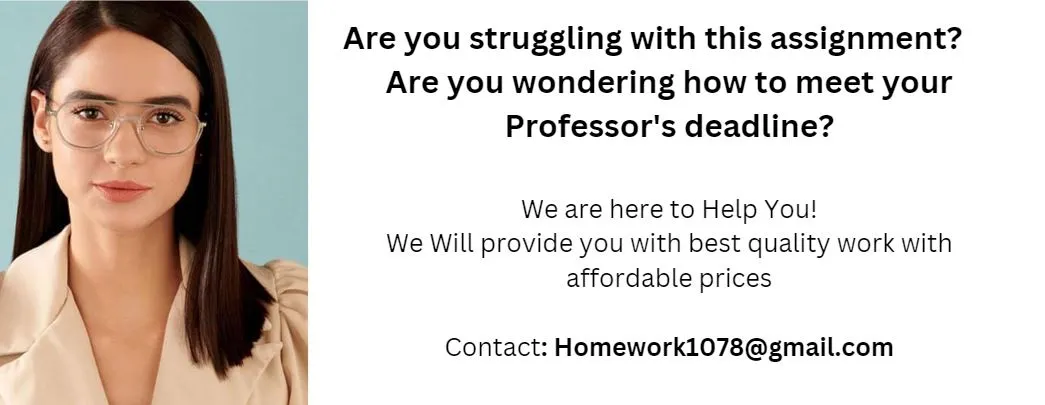When Wal-Mart rolled out its new prescription-drug plan in 2006, lowering the prices on 331 commonly prescribed medications to a flat $4, Frank Gancis doctor told him to check it out. He has no health insurance and his prescriptions were costing him $110 a month at his local pharmacy, so switching to Wal-Mart meant that he could get the same three medications for $12. Now he says hes a loyal Wal-Mart customer: If they dont make up the money on prescriptions, theyre going to make it up on my clothes and food purchases.
Industry analysts speculate that Wal-Mart is counting on customers like Ganci to spend the money they saved at the pharmacy on other products in the store. Wal-Mart insists that it can earn a profit on the $4 prescriptions alone, however, since more expensive medications are not discounted. It can only be in our program if it is profitable, says Bill Simon, a Wal-Mart CEO.
Its true that pharmacies can buy some types of generics from manufacturers for less than $4. For example, a months supply of fluoxetine, the generic version of Prozac, can be obtained for 75 cents. But store overhead and pharmacists salaries bring the true cost closer to $15. It would be difficult for smaller pharmacies to match the $4 price point, which has some of Wal-Marts competitors complaining that it violates predatory pricing laws. You cant just sell something below your cost to drive out the small guy, says Rick Sain, co-owner of a drugstore in Tennessee. You have to at least set a fair price. Thats what all the states that have fair trade laws in place are looking into because you cannot dispense a prescription for $4. They are saying you can.
Wal-Mart later increased the price of certain generic drugs from $4 to $9 in order to bring the company into compliance with all low-cost laws, according to a company statement. John Rector of the National Community Pharmacists Association says, We dont know for certain whether it can make a profit on the $4 drugs so they dont violate these laws. But we strongly doubt it, and the fact is [raising some prices] gives us insight into what its business practices are.
CLICK HERE FOR MORE INFORMATION ON THIS PAPER
PRICE
..
Stores like Target and Kmart quickly lowered their own prices to match Wal-Marts, but Walgreens and CVS both announced that their prices would remain the same. Tony Civello, CEO of Kerr Drug, insists, We will not treat your prescription like T-shirts and blue jeans. Wal-Mart may choose to use some limited prescription drugs as a loss leader. But our patients health care is not a loss leader. We will not compromise that.
Bill Vaughan, a policy analyst for Consumers Union, argues that the price slashing is actually step in the right direction. Its the beginning of better competition in a sector where its literally pennies per pill, he said. When a generic drug is introduced, pharmacies can charge as much as they like for it. One study found that markups were often as high as 4,000 percent. Few people compare drug prices from one pharmacy to the next, so pharmacies are able to mark up prices substantially.
Wal-Marts prescription program seems to be raising consumer awareness as it demonstrates how low the prices of the drugs can go. The discounts are especially welcome among uninsured Americans and seniors living on fixed incomes. Legislators have listened to constituents who rely on the $4 plan and efforts are under way in states like Colorado and Minnesota to either repeal predatory-pricing laws or exempt prescription drugs from them.
The prescriptions in Wal-Marts $4 program now make up more than 35 percent of all prescriptions they fill, and the company boasts that the program has saved consumers more than $340 million in drug costs already. Wal-Mart executive H. Lee Scott is enthusiastic about its future, saying, The $4 prescription program is absolutely one of the coolest things that we have done in a long time.
1. Do you believe Wal-Mart is engaging in predatory pricing with its $4 generic drug program? Why or why not?
2. Do you think that predatory pricing laws should be amended to exclude prescription drugs? Explain.
3. If you owned a pharmacy next door to a Wal-Mart store, what strategies could you try in order to compete? Would you match their prices if possible, or would you find other ways to add value? What could a small pharmacy like yours offer customers that Wal-Marts might not?
CLICK HERE FOR MORE INFORMATION ON THIS PAPER
PRICE
..
Order This Paper Now

